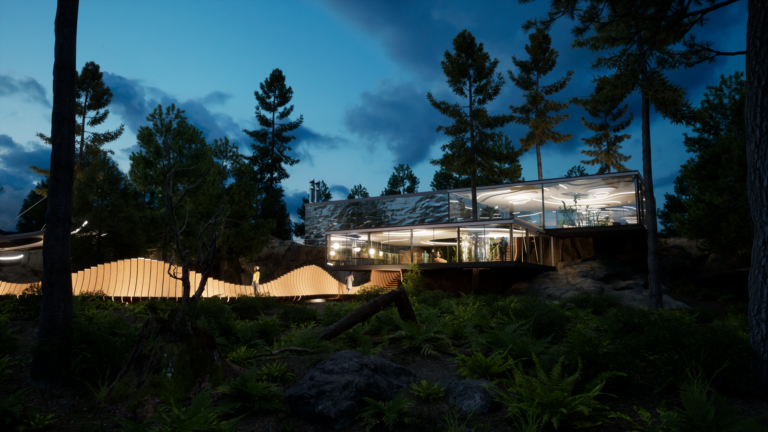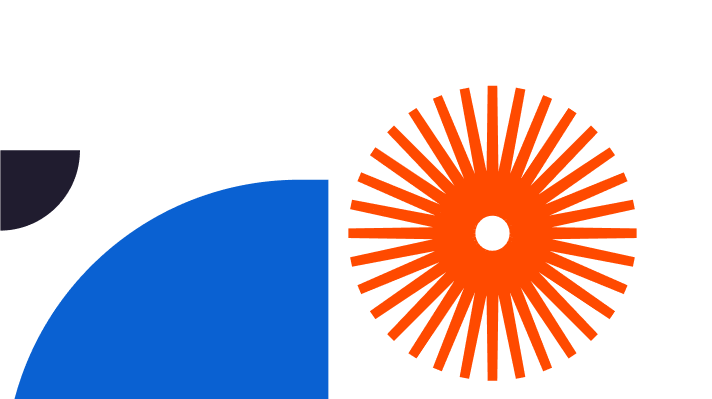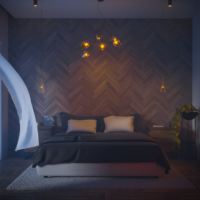In the ever-changing realm of digital design, making the correct choice of rendering software proposes a critical decision, defining the outcome of your 3D renders. Amongst the abundant options, V-Ray 5 vs V-Ray 6, are significant players, setting new benchmarks for the design industry. Here we recognise the importance of such tools in creating stunning, life-like renders.
With a deep history as a prominent rendering software, V-Ray by Chaos has consistently pushed the limits of what’s possible in digital design since its release in 1997. Continuous improvements and updates have consistently piqued designers’ curiosity.
This blog dissects V-Ray next vs V-Ray 6 features, and breaks down what’s new:
- Live visualisation with V-Ray Vision.
- Post-render light adjustments with Light Mix.
- Chaos Scatter.
- V-RayEnmesh.
- Advanced material creation with V-RayUVWRandomizer.
Join Elmtec as we explore V-Ray 5 vs V-Ray 6, and discover what’s new.

Exploring the Evolution of V-Ray Rendering
The release of V-Ray 5 brought with it significant improvements, revolutionising digital design with enhanced ray tracing for lifelike lighting and shadows.
By employing LightMix, in the new V-Ray Frame Buffer, designers are free to tweak lighting conditions post render, promoting creativity through experimentation. Furthermore, The Layer compositor in V-Ray 5 allows accurate adjustments and final adjustments for your renders directly within Frame Buffer, removing the necessity for a separate post-processing application.
V-Ray 6, however, focuses on collaborative tools, contributing real-time project sharing and cloud rendering, catering to modern collaborative demands. A strengthened compatibility with Enscape and new ability to add stickers and labels to textured features elevates realism dramatically.
Additional remarkable features include enhanced contour rendering, and tools like V-RayUVWRandomizer for impressively realistic materials. Improved capabilities for masking lens effects and denoising, streamlined workflows, and powerful GPU rendering transform the rendering landscape.
Enhanced Collaboration Tools
V-Ray 5 boasts robust collaborative tools, such as Project Management and Chaos Cloud, aiding effective teamwork and project monitoring. These features enable efficient communication, as bolstered by positive user feedback.
The theme of collaboration is built on, with upgraded tools in V-Ray 6, specifically regarding real-time project sharing and collaborative rendering. These additions are powerful in enhancing communication and workflows, especially for remote or larger teams. Performance testing of new features within V-Ray 6 has shown nuanced improvements in shadows and lighting conditions.
Considering the inclusion of real-time rendering, with V-Ray Vision, both V-Ray 5 and V-Ray 6 can claim broad collaborative solutions, guaranteeing a smooth design process.
Speed Optimisation in Rendering
V-Ray 5 exhibits impressive rendering speeds, especially in dealing with intricate scenes. Upgraded GPU rendering and adaptive algorithms have dramatically enhanced rendering times, boosting efficiency, and permitting rapid rendering in complex situations.
V-Ray 6’s speed improvements really set new standards. V-Ray 6 offers optimised ray tracing algorithms and amplified GPU acceleration, promising a significant reduction in rendering times, perfect for time sensitive projects.
V-Ray 6, is provided with NVIDIA’s Ampere, Turing, and Pascal GPUs, and has undergone stringent performance testing, posed in a variety of scenarios. Recognising V-Ray 6’s advanced rendering speed, we witness a twofold improvement in IPR, and the impactful use of a second GPU assigned to denoising for quicker results.
Both V-Ray 5 and V-Ray 6 demonstrate a commitment to speed improvements, helping digital designers working to complex, time-critical projects.
New Features Transforming the Rendering Landscape
V-Ray 5 has undergone advanced denoising, adaptive dome lights, and GPU rendering upgrades, for the efficient handling of complicated renders. Its superior denoising produces pristine outputs for architectural models, while dynamic adaptive dome lights elevate scene illumination, engaging clients with photo-realistic designs. GPU rendering improves efficiency, polishing the overall rendering experience.
V-Ray 6’s new features include AI-driven denoising for exceptional clarity and texture randomisation, facilitating realistic material creation. Intelligent light mixing for precise scene illumination control allows the creation of any lighting scenario. These features combined improve rendering capabilities, showcasing V-Ray 6’s commitment to continuous improvement.
Features put through V-Ray 6’s performance testing comprise Chaos Scatter for realistic scenes, procedural clouds, and V-RayEnmesh for detailed geometry. Noteworthy improvements like Chaos Cloud Collaboration, an upgraded VFB, and faster Light Cache in V-Ray GPU feature a new, expansive, rendering toolkit.
In practical terms, these new features result in immaculate renders featuring realistic materials and minimal noise.
Conclusion and Decision-making Insights
By comparison, V-Ray 5 vs V-Ray 6 demonstrate advantages that respond to different demands, from the digital design community. V-Ray 5’s improved rendering speed and collaborative tools enable effective project management through robust cloud capabilities. By contrast, V-Ray 6 introduces features, such as AI-driven denoising and improved collaboration tools, transforming the rendering experience whilst delivering exceptional realism.
Designers and architects should contemplate project requirements and workflow, when considering V-Ray 5 vs V-Ray 6. Perhaps for those prioritising speed and collaboration, V-Ray 5 is a great option. However, V-Ray 6 shines as a reliable choice, for its pioneering features, providing advanced capabilities and realism.
Elmtec is always on hand to offer some support in decision-making or refer to our learning resources to gain more insights.




